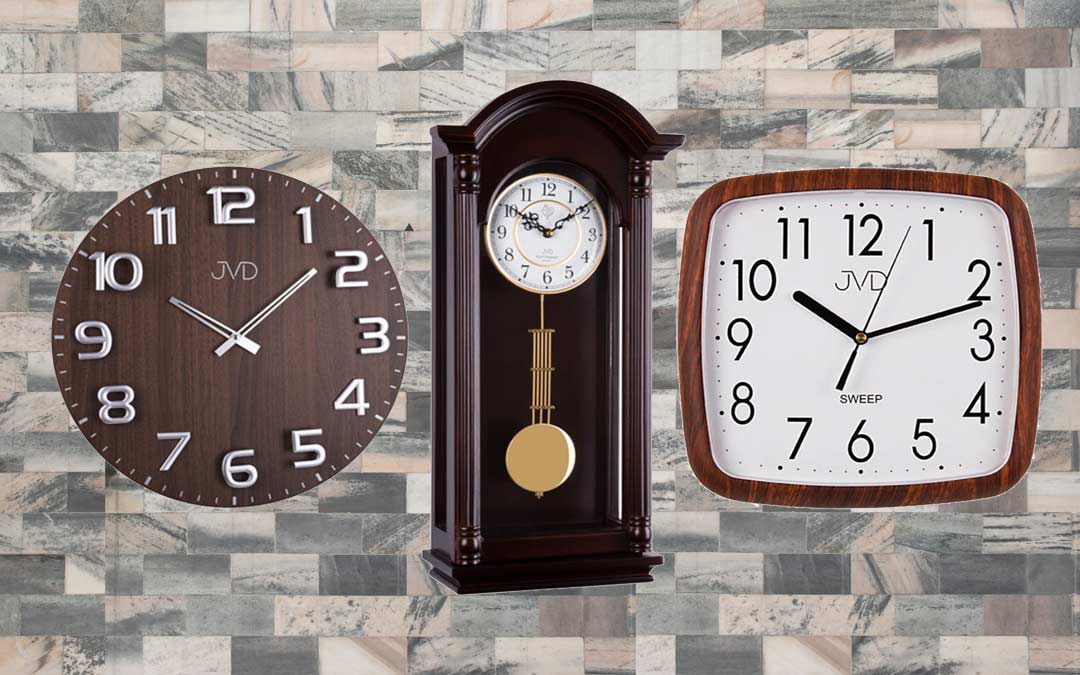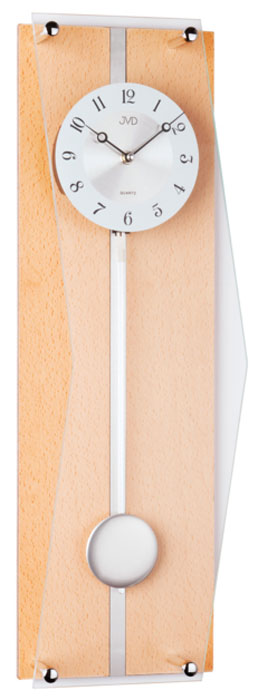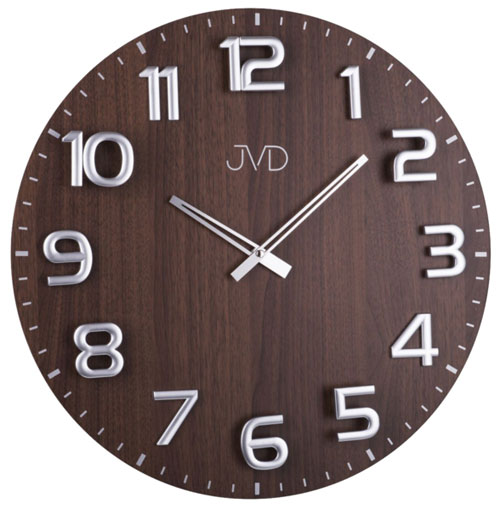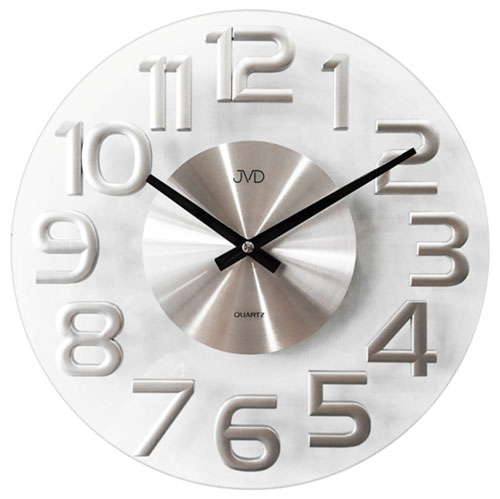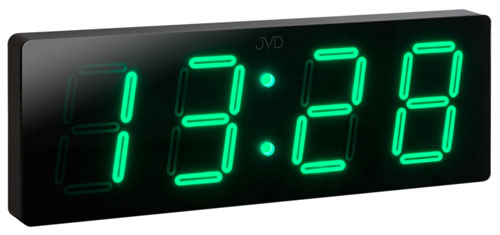There’s something for every taste!
The new brand JVD offers a wide range of different clocks. The materials include wood, glass, plastic, wood look, stainless steel or combinations of several materials. Thanks to this broad range, many classic, as well as modern clocks are developed, and also children’s clocks are available. Whether you like analogue, digital, round or square clocks – just take a look at the assortment to find out what you want!
Various versions of the JVD wall clocks
Beech wood
Beech wood is the wood of various species of beeches (genus Fagus), which are used as timbers. In Europe, this is mainly the red beech, which is used in various ways, in particular as construction timber and furniture wood. The red beech is by far the most common species of deciduous trees in Germany and parts of western and central Europe. Mainly beech wood is employed in furniture production, where it is used both as solid wood, as plywood and as molded plywood. It is used to produce hard and resistant surfaces for heavily used furniture, in particular children’s and youth furniture, office furniture and seating. We present to you the JVD N1200268 made of fine beech wood. A 58 cm high wall clock with a silver-coloured dial, a pendulum of the same colour and a kinked mineral glass panel.
Walnut wood
The Walnut Family (Juglandaceae) is a relatively small family of about 60 species of predominantly tree-shaped woody plants belonging to the Fagales. For centuries, walnut wood has been one of the finest furniture woods. It is used predominantly to produce valuable and elegant furniture. The European walnut tree is predominantly found in the warmer areas of western and central Europe. The core wood is matte-brown to blackish-brown, irregularly marked by dark veins of different widths. This is the JVD HT075, a 49 cm wall clock, which looks very modern despite the classic walnut wood. Silver-coloured Arabic 3D numerals complete the design.
Glass clocks
Glass (from the Germanic word glasa „the shining, shimmering“, also for „amber“) is a collective term for a group of amorphous solids. Most glasses mainly consist of silica, such as drinking or window glasses; these – mostly translucent – silicate glasses are by far the most economically important of all glasses. Those made of organic materials are, for example, using the natural amber or many plastics such as acrylic glass. JVD also offers an item in this section, the JVD HT098. The 34.5 cm round wall clock consists of a glass plate with a silver-coloured metal plate, to which the black hands are attached. You’ll also find silver-coloured 3D numerals on the glass plate.
Digital clocks
The first digital clocks were already produced in the 19th century. A digital clock is a clock that displays the time with digits. That’s how it differs from an analogue clock, which has pointers on a dial to display the time. How time is measured, is irrelevant here – it can be done by using analogue technology in a digital clock or by using digital technology in an analogue clock. JVD also offers these types of clocks within its wide range. For example, there’s the JVD DH1.3. It’s an 18 cm high and 51.5 cm wide digital clock made of a black plastic casing and a glass support. The Arabic numerals are green.

